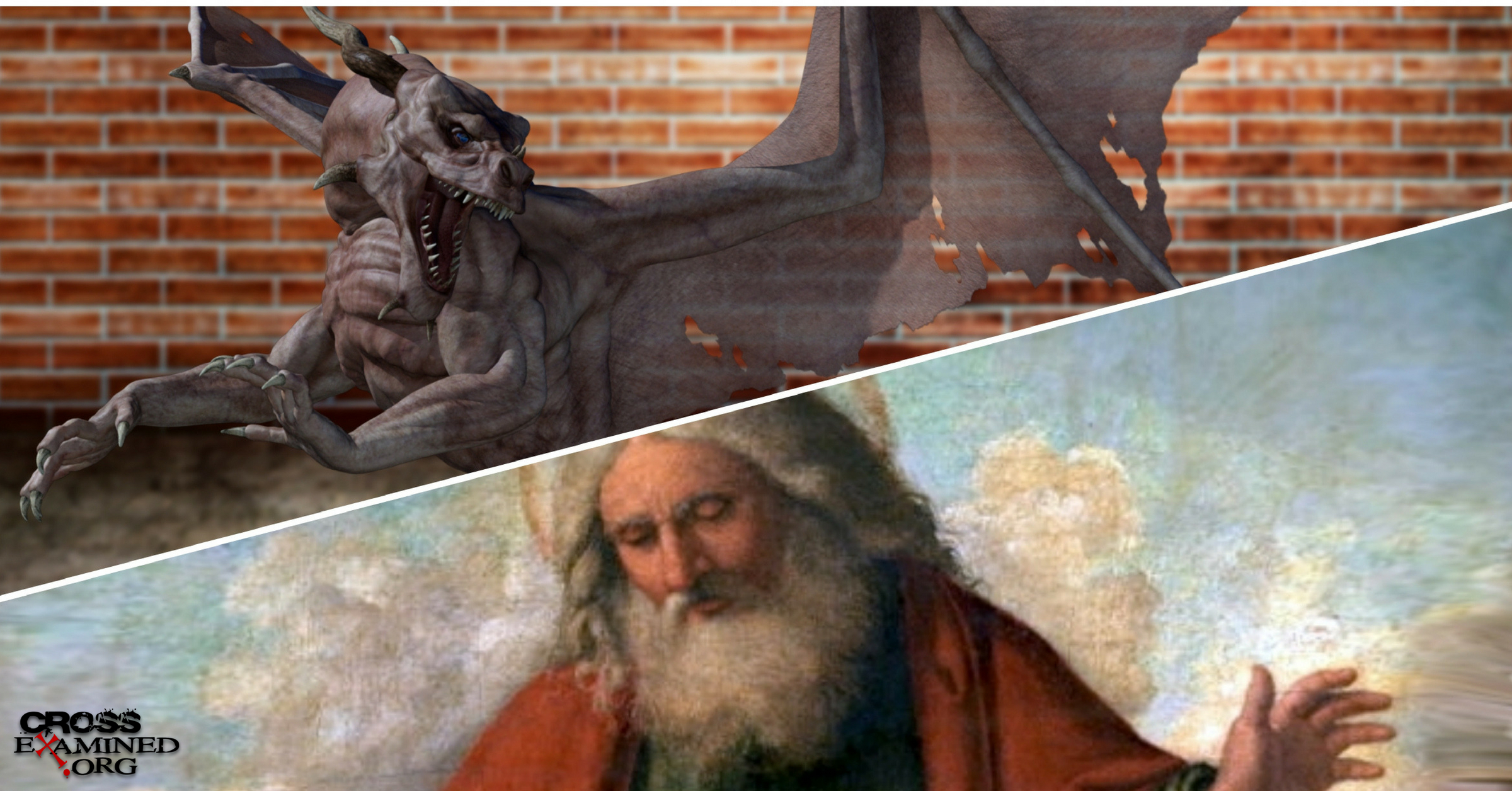Some time ago Tim Stratton wrote a blog that dealt with the Omnibenevolence of God . Tim said regarding Allah, that He is not an all-loving God, “and whatever Allah does is simply called ‘good’ even if it is abhorrent.” Of course, the reactions from the atheist camp were not long in coming and in response he received the following objection:
This sounds like the Christian view, too. If God is the standard of “good” then everything God does is by definition good. By that argument, hatred would be, by definition, “good.” What makes benevolence inherently “good” if you’re getting the standard of “good” from God? By that argument, if God is benevolent then benevolence is good, but if God happens to be a hateful being then one has to call it “hate” rather than benevolence. Unless you’re saying that benevolence is inherently good, apart from God, and therefore benevolence is a necessary trait of an “all-good” God. But that would mean that God has these traits because he’s good, and his goodness is distinguished from his possession of them—they would be good independently of God’s existence.
Tim Stratton called this objection a version of the Euthyphro Dilemma and offered an answer that evades the dilemma; however, it seems to me that while his answer clears up a lot of doubts, it does not fully resolve the problem; so I decided to address the objection directly with my friend Anton Schauble and see if we could refute the argument at its root.
Jairo: Anton, what do you think about this objection to the attribute of Omnibenevolence?
Anton: That argument is complete nonsense. What we are saying is that God (or the Good) is the standard for good and evil, not only because He is a criterion by which we measure good and evil, but because He is the ultimate source and paradigm of good, which is the same as unity and being.
Benevolence is good because it is positively real; whatever is positively real is both like and derived from God. In the same way, God cannot be anything else, He is the paradigm of good; benevolence is good, and malevolence is evil; for benevolence is a likeness to Good and malevolence a deviation from it. There is no way that Good could be anything else, so that it would be more like malevolence than like benevolence.
Take being, for example. God is the paradigm of being as it is of good. He is the best, and also the most real. Light is positive and darkness is negative, because light is as it is to be (it is something) and darkness is different from being (it is not something), but to imagine being being different, so that it is more like darkness than light? That is just nonsense. Being is what it is, necessarily. It cannot change, nor can it even be imagined to be different. This objector is thinking of God as a substance susceptible of different attributes—benevolence or malevolence—such that it could have one or the other.
Jairus: He also seems to point out that there is some contradiction in God’s attributes of being all-loving and of hating when he says, “If God is the standard of ‘good’ then everything God does is by definition good. By that argument, hatred would be by definition ‘good’.” He is completely lost, because the Scriptures teach that God does indeed hate, but He hates sin! And that is certainly a good thing. God being a Holy, Omnibenevolent Being, it follows that He cannot love sin, for to do so would be contradictory to His being. Hatred in God arises as a reaction to evil, to sin; it does not arise in God indiscriminately or for no reason or for petty reasons as in human beings, where such hatred that arises in us is certainly evil and is condemned by God. So hating sin, contrary to what the objector thinks, is perfectly consistent with God’s Omnibenevolence.
Anton: Correct. The objection would make sense if God were a substance rather than an essence. For example, it is like taking “love” univocally, but “love” does not mean the same thing in the statements “God loves” and “John loves” because John is a substance modified by the accident of love, whereas God is an essence identical to essential Love. Therefore, Scripture says not only that “God loves,” but that “God is love.”
Let us put it this way: if we abstract love from John, what remains is the substance, the man John, who exists but does not love. But if we abstract love from God, what remains is nothing; there is no God who does not love; in fact, the idea of a God without love is an absolute absurdity.
Jairo: Yes, that is right. In my opinion, God’s love is an essential property of Him, so there is no possible world where God is not love.
In conclusion, we can say that the objection is a total failure for the following reasons:
- God cannot be anything other than what He is, it is absurd that benevolence can be malevolence.
- The hatred that arises in God is not a hatred towards anything; rather, His hatred is directed towards sin because He is Holy, a God who would tolerate sin in His being would not be worthy of worship.
Jairo Izquierdo Hernández is the founder of Christian Philosopher . He currently works as a Community Manager for the Christian organization Cross Examined . He is a member of the Christian Apologetics Alliance and a worship minister at the Christian Baptist Church Christ is the Answer in Puebla, Mexico.
Anton Schauble is a philosophy major at DeSales University, currently living in Congers, NY, United States.










